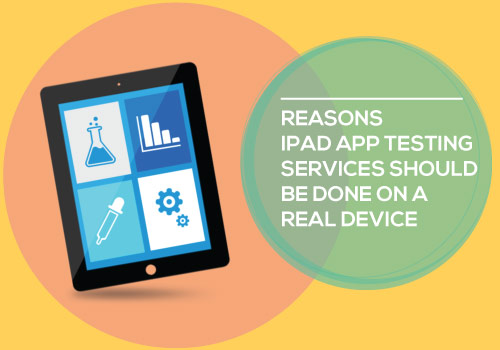Business analysts have no doubt that Mobile Application Testing Services is going to excel in future markets. It is anticipated that revenue via mobile app testing tools would show a remarkable increase within a stipulated period (2016-2026). The demand of global mobile application testing solutions market is increasing because of the popularity of app testing tools.
In fact, Corporates need to stay ahead in the market. So, they are trying to protect and maintain their mobile app portfolio. This has actually led to the market expansion of mobile app testing solutions.
Many applications similar to desktop applications are now available as mobile apps. They are also more user friendly when compared to its counterpart. The introduction of a large variety of gadgets and networks is one of the reasons for the growing adoption of mobile applications. Wide demand for mobile apps gives room for marketers to successfully enter into a narrower section of the market.
Recommended Read : Types of Mobile App Testing & How It Differs from Desktop Testing
Huge competition in the market and the increase of app developers has forced marketers to ensure the quality of their apps by performing Mobile Application Testing. Software testing services have improved their testing methods owing to this huge competition.
One can never say that mobile application testing solutions market is a new form of the conventional software testing market. It’s completely different and came up as an independent entity. The entry of testing tycoons such as Soasta and Experitest into the mobile application testing solution market is a promising move. As they introduce advanced testing solutions and new models, it is anticipated that the testing solutions market attain incredible growth during the period, 2016-2026.
Today, IT is giving exceptional importance to mobile app testing and development. Numerous mobile gadgets and tablets are getting introduced into the market day by day. So, it is difficult for app developers to adapt to the quick changes in the market. IT companies offer them the right testing platform to cope with the latest changes in the market.
Drivers of App Testing Solutions Market
It is good to maintain a competitive edge in the market. High competition in the market has persuaded many Corporates to invest in mobile app testing related solutions. Growing customization in testing tools is also giving many benefits to mobile application testing solutions. In addition, the growing demand for automated testing has fuelled the app testing market.
Business experts are expecting that the market will see exceptional changes owing to partnership between leading industry members.
App Testing Market: Some Facts on Segmentation
App testing solution market is generally divided in two. Segmentation is based on product type and service type.
Product type segmentation is of two types:
- Manual Testing Tools
- Automated Testing Tools
Service type market segmentation is of the following types:
- Development and implementation
- Consulting
- Support and Maintenance
Read Also : Mobile Software Testing Guide for First Time App Developers
Region – wise Outlook on Mobile App Testing Solution Market
Global app testing market is expecting a remarkable growth during the next ten years (2016-2026). It is predicted that North America remains unchanged as a successful market for mobile app testing solutions. It is believed that as North America has many skilled coders and app developing professionals, they can contribute to this productive industry during the period, 2016-2026.
As per a recent report, there will be over 2 billion Smartphone users in Asia Pacific region by 2020. This will encourage the app testing tools manufacturers to invest more in Asia Pacific region. Though countries such as China, Korea and Taiwan have large user base, it is assumed that Asia Pacific region will become a leading hub for mobile app testing solutions in the next ten years.
![How will the Mobile Application Testing Service Market Fare in the Next 10 Years? [2016-2026]](https://wp.testbytes.net/wp-content/uploads/2016/07/28-7-21-1.jpg)









